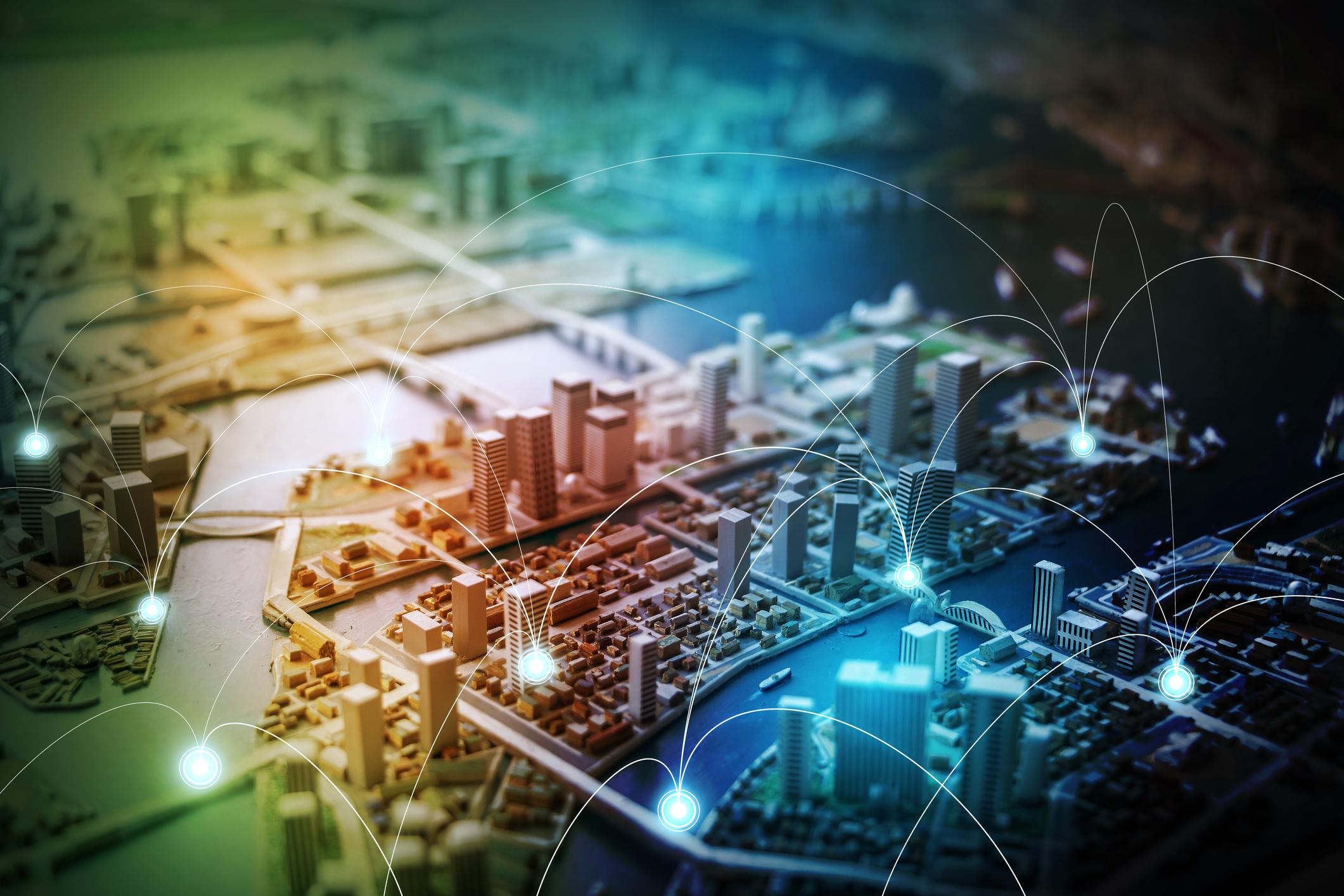
“Alexa, what are you most excited to see at CES 2017?”
“Myself, of course, along with all the other Internet of Things.”
CES 2017 kicks off today and there will be a trove of absurdly fantastic (and some just absurd) technology on display. From TVs and drones to smart cars and smart home appliances, CES will have it all. But the one constant in all of these things is the Internet of Things. What exactly is the Internet of Things? Well, IoT is basically the concept of connecting a device to the internet to collect and exchange data. From the simple ability to turn on your house lights with your smartphone to the remarkable feat of monitoring bridge safety through sensors, the IoT is already all around us—and it is still only in its infancy.
Alexa is surprising everyone
Amazon made a splash at last year’s CES, but it was a very stealthy one. They did not have a booth yet were seemingly everywhere, thanks to Alexa. Alexa began as the AI voice inside the company’s Echo speaker, but has now branched off into a variety of third-party products.
I had the luxury of conversing with Alexa for the first time when we visited my brother-in-law over the holidays. Initially unimpressed with the idea of a voice-activated assistant, as I hardly even use Siri on my iPhone, I quickly became engaged and curious as to what the Echo’s capabilities were and could be. From telling the time and weather to turning on the family room TV, this little speaker packs endless possibilities. It can also liven up a party, as it did ours, by playing holiday music and even starting a trivia game (Jeopardy! anyone?).
IoT in the AV industry
The AV industry has been implementing IoT into their devices for decades with device-to-device communications and is now delving into device-to-cloud. An example of device-to-device would be point-to-point extenders. Extenders use CAT cables to extend an HDMI signal to another room of your home or another office down the hall at work. An example of device-to-cloud would be a KVM over IP solution (KVM meaning keyboard, video, and mouse). Instead of an IT contractor traveling to each company he assists, he can now remotely control all the systems from his home.
With great power comes great responsibility
Although the concept of IoT has intentions for a safer, more efficient world, it also welcomes the unwelcomed: invasion of privacy and security. As evidenced by the botnet attacks of last year, devices like surveillance cameras and digital video recorders can be hacked with more ease since they are not as protected as computers. And companies can collect user data and tendencies to market to you a certain way or adjust rates based on their findings. I am curious to see how companies will address these concerns at this year’s CES, if they do at all.
With 20+ billion IoT devices expected to be installed come 2020 (and some predicting numbers much higher), IoT technology will be everywhere whether we are ready for them or not. As long as companies invest the proper time and resources towards security, I believe our world will spin a lot smoother knowing the foundations of our buildings and bridges are stable—and that my fridge is never void of beer again.